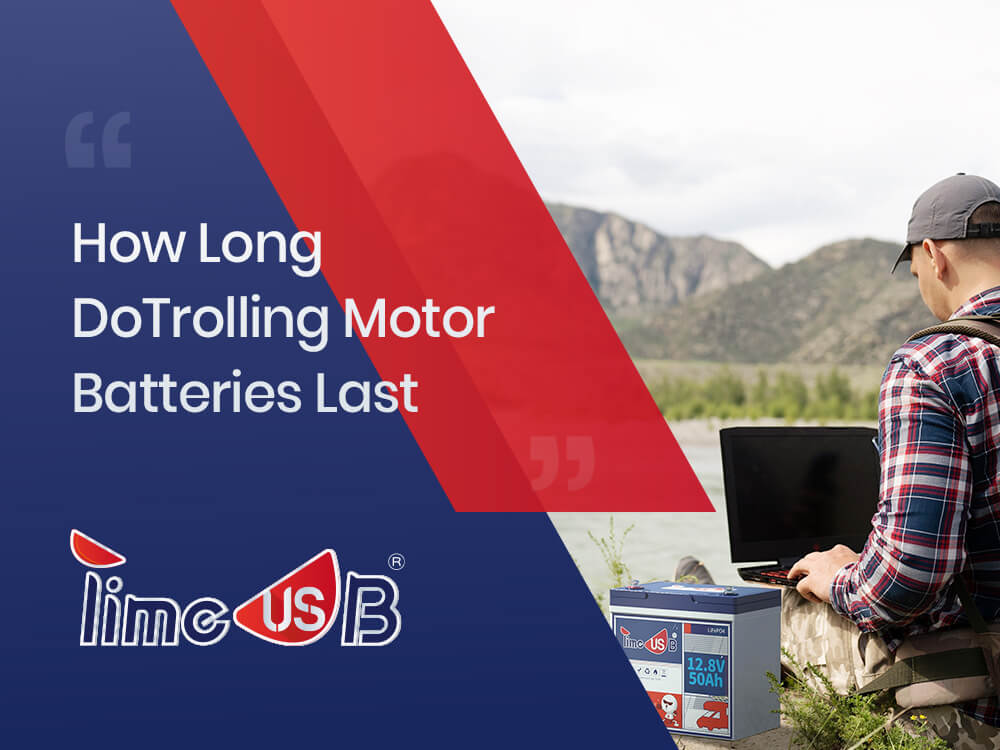A Complete Comparison Between LiFePO4 & Lead-Acid Battery - Why LiFePO4 Better
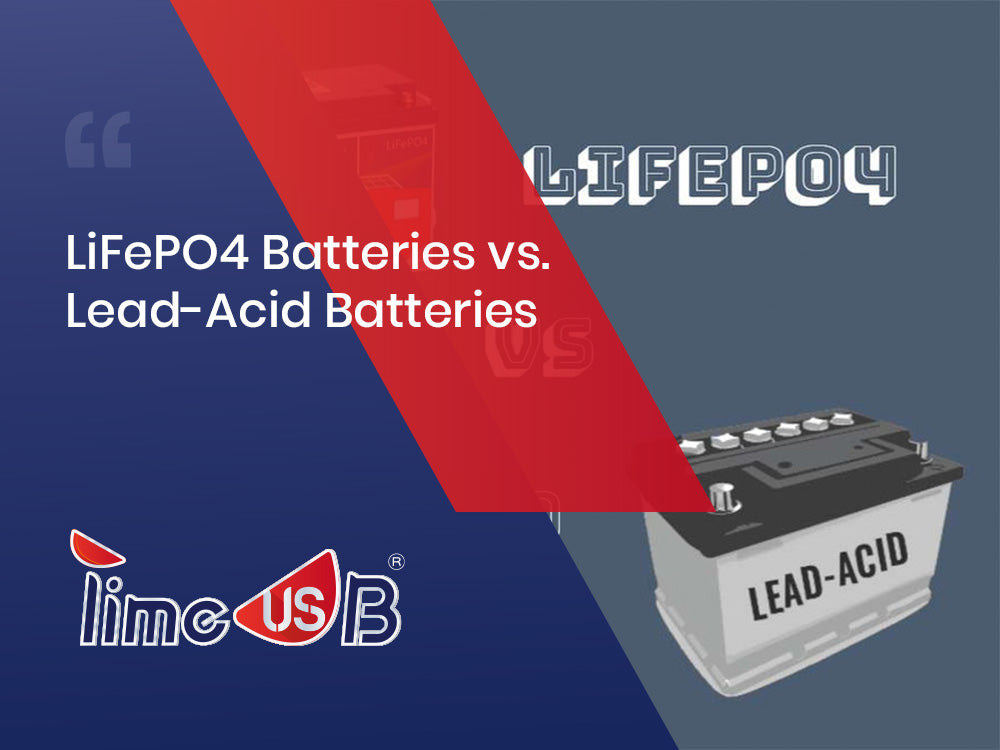
Lithium Iron Phosphate (LiFePO4) batteries and Lead-Acid batteries have been the go-to choices for powering trolling motors over the years. However, with technological advancements, LiFePO4 batteries have emerged as a better option. In this article, we will explore the differences between LiFePO4 batteries and lead-acid batteries and explain why LiFePO4 batteries are better.
Visit Timeusb hot-sale and second-hand series to get your best budget LiFePO4 lithium batteries!
How Does The Battery Work Inside
LiFePO4 batteries belong to the family of lithium-ion batteries, specifically a lithium-ion concentration difference battery. In this type of battery, lithium ions move back and forth between the two electrodes, which results in charge and discharge cycles. During charging, Li+ ions are removed from the positive compound and embedded in the negative lattice. Conversely, during discharging, Li+ ions are removed from the negative electrode and embedded in the positive electrode. These processes typically only cause changes in level spacing without destroying the crystal structure. Due to the stable position of lithium ions in the positive and negative electrodes, the battery's charging and discharging have better reversibility, ensuring both the cycle life and working safety of the battery.
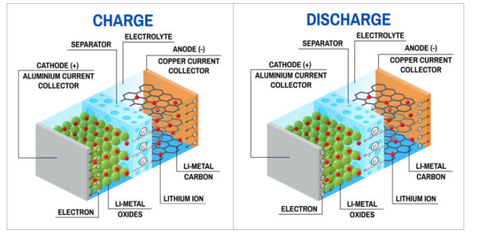
On the other hand, lead-acid batteries consist of pole plates, partition plates, casings, electrolytes, lead connecting strips, and pole posts. They are reversible chemical power sources where the charging process converts electrical energy into chemical energy for storage, and the discharging process transforms chemical energy into electrical energy for discharge. To maintain optimal performance, it is important not to excessively discharge the battery. Excessive discharge can cause fine lead sulfate crystals to mix with the active material, forming larger bodies that increase the resistance of the pole plate and make it difficult to restore during charging. This directly affects the capacity and lifespan of the battery.
Complete Comparison Between LiFePO4 & Lead-Acid Battery
Let's look at the fundamental differences between LiFePO4 batteries and lead-acid batteries. LiFePO4 batteries are lithium-ion batteries that use iron phosphate as the cathode material. On the other hand, lead-acid batteries use a combination of lead plates and sulfuric acid electrolyte for their operation.

Lighter on Weight
One area where LiFePO4 batteries stand out is their weight. Lithium batteries are much lighter than lead-acid batteries, which makes them ideal for portable applications such as powering trolling motors. A Timeusb 12V 100 Ah LiFePO4 battery weighs around 30 pounds, while a 12V 100 Ah lead-acid battery weighs approximately 60 pounds.
Longer Lifespan, Lower Cost
Another advantage of LiFePO4 batteries is their longer lifespan. While lead-acid batteries typically last 3-5 years, LiFePO4 batteries can last up to ten years with proper maintenance. This means fewer replacements and cost savings in the long run.
Shorter Charge Time
The charge time of LiFePO4 batteries is also significantly shorter than lead-acid batteries. LiFePO4 batteries can accept charge at a higher rate compared to lead-acid batteries. They have a higher charge current efficiency, meaning they can absorb more energy during the charging process.
What's more, LiFePO4 batteries have lower internal resistance, which allows for faster charging as it minimizes energy loss during the charging process. In contrast, lead-acid batteries have higher internal resistance, resulting in greater energy loss and slower charging.

Read on comprehensive guide on how to charge LiFePO4 battery.
Higher Discharge Rate
In terms of performance, LiFePO4 batteries offer higher discharge ratescompared to lead-acid batteries. This means they can deliver more power in a short period, making them suitable for high-thrust applications like powering trolling motors.

Safety
Another significant advantage of LiFePO4 batteries is their safety. Lithium batteries do not contain any hazardous materials, unlike lead-acid batteries that have sulfuric acid and lead. Additionally, LiFePO4 batteries are less prone to overheating or catching fire, making them safer to use.
Additionally, LiFePO4 batteries have built-in BMS to pretect the battery from from safety hazards by providing 5 safety protection: overcharging, over-discharging, overcurrent, short circuit, and high-temp. Advanced battery like Timeusb 12V 140Ah LiFePO4 battery also has low-temperature protection funciton, to safe the battery from freezing cold day.
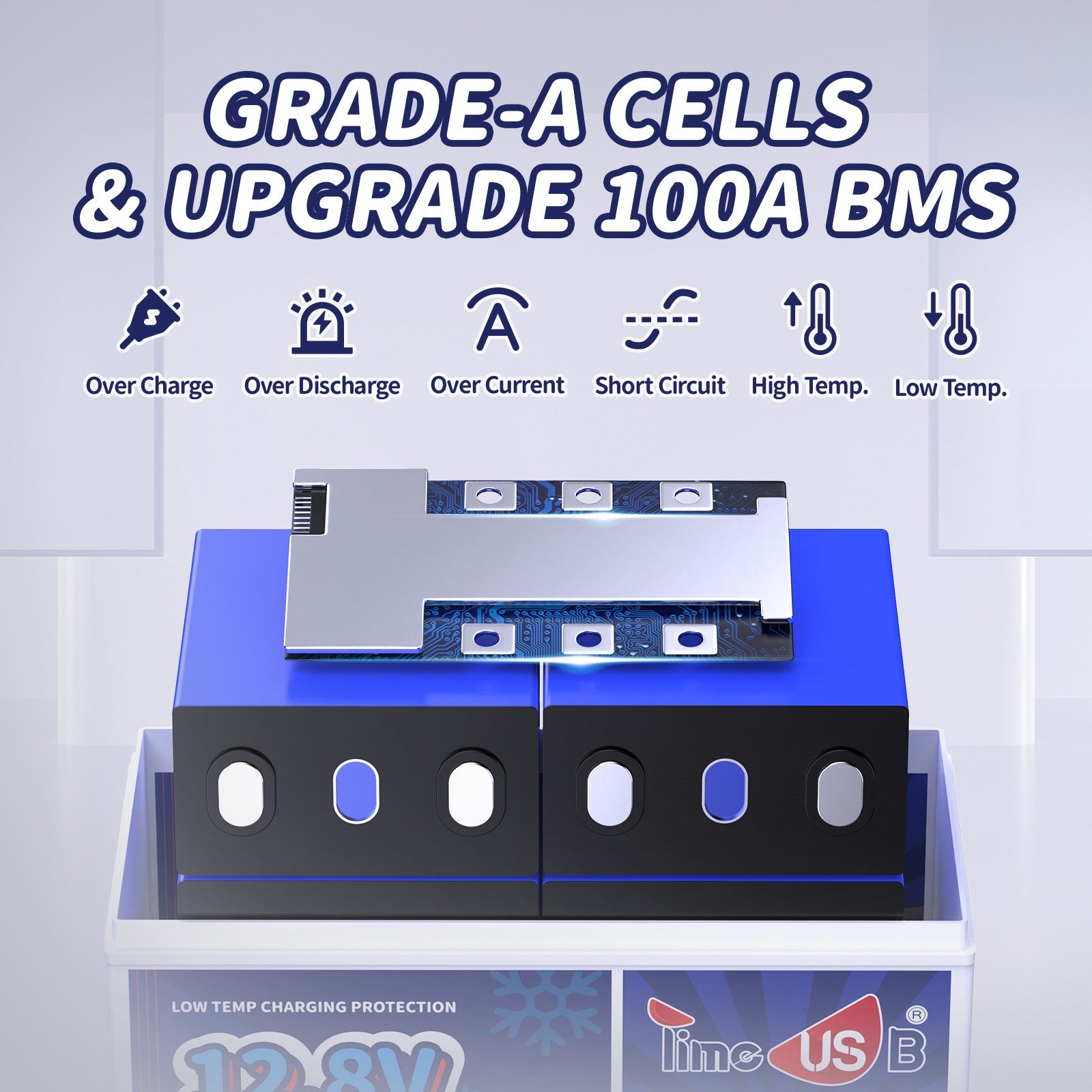
Maintenance Free
Maintenance is another aspect where LiFePO4 batteries excel. Unlike lead-acid batteries that require regular maintenance such as topping up with distilled water and cleaning terminals, LiFePO4 batteries do not require maintenance. Learn more on how to properly store you LiFePO4 batteries.
While LiFePO4 batteries may seem expensive upfront, their longer lifespan and superior performance make them a more cost-effective option in the long run.
Furthermore, LiFePO4 batteries are more environmentally friendly than lead-acid batteries and have a lower carbon footprint.

Conclusion
In conclusion, LiFePO4 batteries have several advantages over lead-acid batteries when it comes to powering marine application like trolling motor, electric vehicles like RV, and solar systems as deep cycle batteries. They are lightweight, have a longer lifespan, charge faster, perform better, are safer, and require no maintenance. Although they are more expensive initially, their superior performance and longer lifespan make them a more cost-effective option in the long run.
If you're looking to upgrade your trolling motor battery, investing in a LiFePO4 battery may be a wise decision. Timeusb offers you grade A high-quality LiFePO4 batteries, contact service@timeusbpower.com if you have any questions.

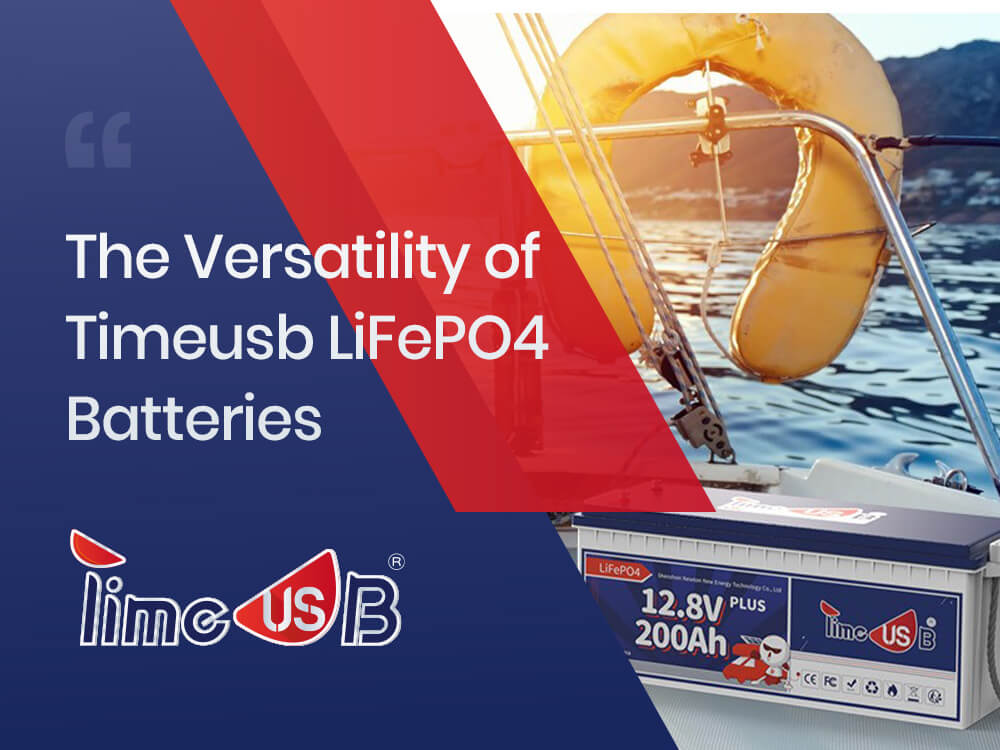
![[Full Guide] The Comprehensive Guide to LiFePO4 Battery Life](http://www.timeusbpower.com/cdn/shop/articles/The_Comprehensive_Guide_to_LiFePO4_Battery_Life_757d2749-9468-4739-ac83-0960c27749b0.jpg?v=1722918256&width=1080)
